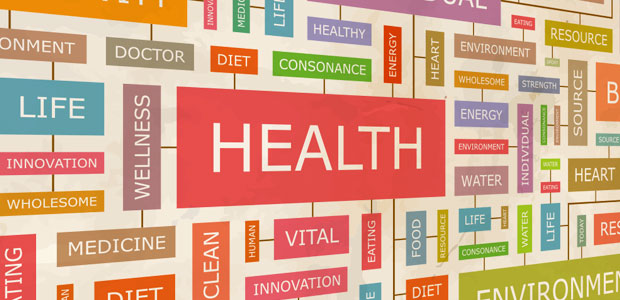
IRF Trends Study Shows Focus on Culture, Wellness
This year's Trends Study said the largest number of net increases reported by respondents was for including wellness components in their programs.
- By Jerry Laws
- Apr 01, 2018
The Incentive Research Foundation released its 2018 Trends Study1 in February 2018, highlighting in it 10 key trends the foundation predicts will affect organizations and their workers during this year. The trends identified in the study touch on safety, workforce engagement, gift cards, wellness incentives, and incentive travel.
But topping the list is this: "Building a Brand-Asset Culture Becomes a Business Imperative." The study explained why a strong company culture is paramount for businesses competing in the 21st century and, as a result, why use of non-cash awards is soaring. "We expect non-cash awards to grow as the focus on brand, culture, and innovation becomes increasingly central to business success. Organizations with non-cash award programs of any kind should ensure their programs are rewarding, at some level, innovation, adaptability, and brand-centric behaviors," according to the study report.
The next two trends on the list involve global economic growth and regulatory pressures. Stronger economies are good news for companies' incentive travel budgets, which are likely to grow, and for merchandise/gift card programs, the study reports. On the regulatory front, the study authors reported that some 60 percent of respondents said it's tough to stay informed about federal, state, and industry regulations affecting their incentive and recognition programs. Among the regulations having an impact are an EU data protection regulation taking effect this year, it said.
Travel incentive providers are facing some headwinds, as 60 percent of the survey's respondents reported the costs of their incentive travel are rising faster than their budgets for it. And there is a supply-and-demand problem for incentive-grade hotel rooms cited in the study, which noted that high-end hotels have been experiencing the highest occupancy rates.
Safety, Security, and Wellness
The many U.S. natural disasters during 2017 are a factor in the study, which listed "Increased Focus on Managing Risk and Ensuring Safety" fifth among 2018's key trends. The foundation's Disruption Study in 2017 showed more than half of planners had experienced disruptions to their event in the previous year. This is causing them to increase their use of tools to mitigate risk and their reliance on outside risk management and consulting assistance, the study says, explaining that all parties are increasing their investment in managing risk and ensuring security.
Wellness incentives ranked seventh in the study. It said the largest number of net increases reported by respondents was for including wellness components in their programs. Employees now expect more fitness-related choices and experiences in their companies' incentive programs—everything from retreats and workout tours to wellness gifts, gym apparel, and promotion of health-related apps.
The Outlook for Gift Cards
The authors reported that gift cards, which show up in the tenth item on their list, "continue to gain momentum as a key reward option in both rate and spend." When firms buy gift cards, more than 90 percent are purchasing them for their employees, while more than 80 percent buy for their internal sales force and more than 50 percent for customers.
"Both mid and large-size firms mostly commonly source their gift cards directly from retail or by working directly with top brands. They also execute a considerable amount of this spending online," they noted, adding that "Even with such significant trends, there is work to do on industry awareness. Within large firms with considerable gift card spending, one-third of the market has limited awareness that there is an industry designed to supply a variety of gift cards for reward and recognition buyers."
The study found that demand for merchandise awards, such as electronics, apparel, and luggage, continues to grow strongly, with demand for experiential rewards rising faster than for individual travel rewards. "This is the fifth straight year the market has noted a 20-30% growth in experience-related rewards. This push toward experiences highlights a key trend for merchandise and purchasing overall: there is a strong desire in 2018 not for more choice, but for more meaning," it said.
Other trends making the list were predictive analytics, AI, and augmented reality, predicted to be fundamental elements of effective incentive, rewards, and events going forward; and rising interest in unique and offbeat destinations.
(Prevue magazine was the study’s Research Advocacy Partner.)
Reference
1. http://theirf.org/research/irf-2018-trends-study/2390/
This article originally appeared in the April 2018 issue of Occupational Health & Safety.